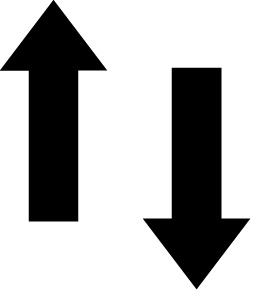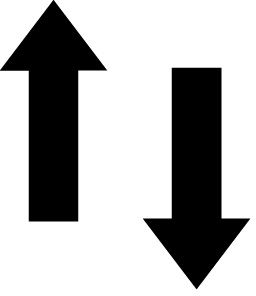
Plate Tectonics
Quiz
•
Science
•
6th Grade
•
Medium
+3
Standards-aligned
Used 50+ times
FREE Resource
28 questions
Show all answers
1.
MULTIPLE CHOICE QUESTION
30 sec • 1 pt

Scientists think the continents once formed a large, single landmass that broke apart, and the continents slowly drifted to their present locations. What is the name given to this claim?
continental slope
continental shelf
continental drift
continental rise
Tags
NGSS.MS-ESS2-3
2.
MULTIPLE CHOICE QUESTION
30 sec • 1 pt
Florida is not close the edge of a tectonic plate. Therefore, which one of the following features does not exist in or beneath Florida?
tectonic plate boundary
tectonic plate
mantle
crust
3.
MULTIPLE CHOICE QUESTION
30 sec • 1 pt
The Red Sea formed as the African Plate moved apart from the Arabian Plate. Which type of boundary was involved in the formation of the Red Sea?
convergent boundary
stationary boundary
divergent boundary
transform boundary
Tags
NGSS.MS-ESS2-3
4.
MULTIPLE CHOICE QUESTION
30 sec • 1 pt
The Rocky Mountains formed when the Pacific plate collided with the North American plate. Which of the following terms describes this process?
convergent boundary
transform boundary
divergent boundary
ridge push
Tags
NGSS.HS-ESS1-5
NGSS.HS-ESS2-1
5.
MULTIPLE CHOICE QUESTION
30 sec • 1 pt
The asthenosphere is the part of the mantle on which the tectonic plates move. Which of these statements best describes a characteristic of the asthenosphere that allows the tectonic plates to move?
It is porous.
It is permeable.
It is rigid.
It is soft.
6.
MULTIPLE CHOICE QUESTION
30 sec • 1 pt
A plate boundary is a place where two tectonic plates meet. There are several types of tectonic plate boundaries. Which statement below shows the correct definition of a tectonic plate boundary?
At a divergent boundary, one plate sinks under another plate.
At a convergent boundary, plates slide past each other.
At a transform boundary, plates move apart.
At a divergent boundary, plates separate.
Tags
NGSS.MS-ESS2-3
7.
MULTIPLE CHOICE QUESTION
30 sec • 1 pt
Convection currents in the mantle contribute to tectonic plate movement. What is a convection current?
the transfer of energy by direct contact
the transfer of energy by the movement of matter
the transfer of energy through a solid, such as the Earth’s crust
the transfer of energy from a region of lower temperature to a region of higher temperature
Tags
NGSS.MS-ESS2-3
Create a free account and access millions of resources
Similar Resources on Wayground

30 questions
Plate Tectonics, Continental Drift, & Earth's Layers
Quiz
•
6th - 9th Grade

25 questions
Plate Tectonics
Quiz
•
6th Grade

25 questions
Geological Processes
Quiz
•
6th Grade

24 questions
Convergent Boundaries
Quiz
•
6th Grade

23 questions
Continental Drift and Plate Tectonics
Quiz
•
6th - 8th Grade

25 questions
Plate Motion Study Guide
Quiz
•
6th Grade

23 questions
Tectonic Plates Test Review
Quiz
•
6th Grade

23 questions
Unit 5 Review
Quiz
•
6th Grade
Popular Resources on Wayground

11 questions
Hallway & Bathroom Expectations
Quiz
•
6th - 8th Grade

20 questions
PBIS-HGMS
Quiz
•
6th - 8th Grade

10 questions
"LAST STOP ON MARKET STREET" Vocabulary Quiz
Quiz
•
3rd Grade

19 questions
Fractions to Decimals and Decimals to Fractions
Quiz
•
6th Grade

16 questions
Logic and Venn Diagrams
Quiz
•
12th Grade

15 questions
Compare and Order Decimals
Quiz
•
4th - 5th Grade

20 questions
Simplifying Fractions
Quiz
•
6th Grade

20 questions
Multiplication facts 1-12
Quiz
•
2nd - 3rd Grade








